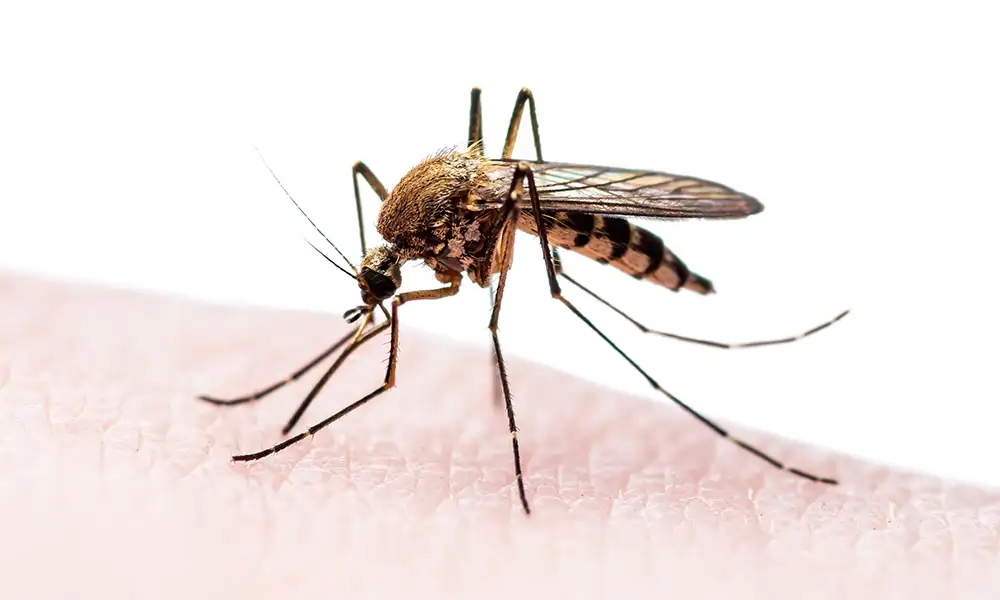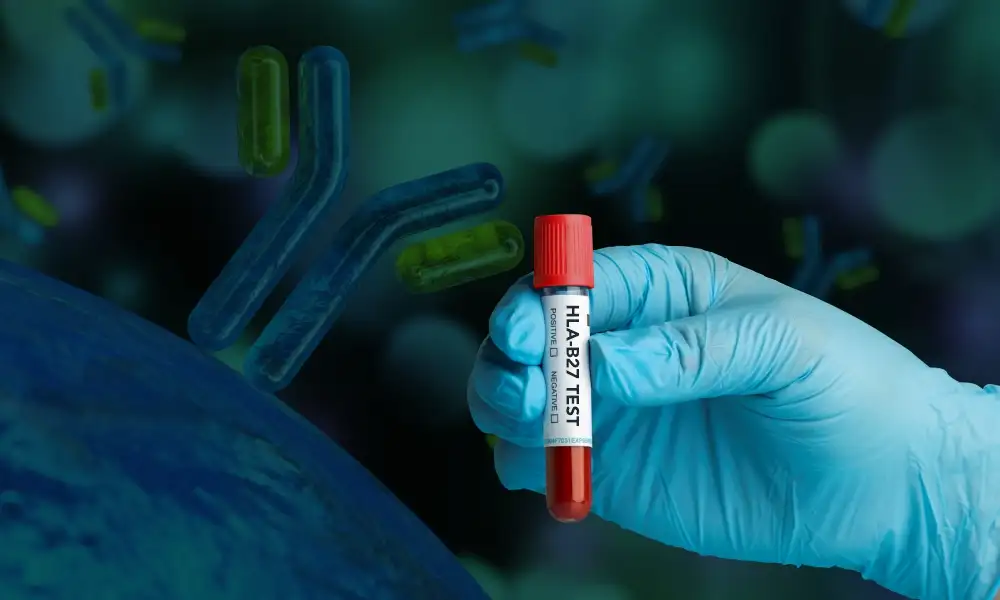Immunohistochemistry (IHC) Markers In Breast Cancer
- March 16,2022
- 1 Min Read

Immunohistochemistry (IHC) is used for diagnostic problems with breast biopsies. IHC is also frequently used as prognostic and predictive tests.
Triple-Negative Breast Cancers (ER-negative, PR-negative, HER2-negative):
-
Studies suggest that triple-negative breast cancers present aggressively with rapid growth and have a poorer prognosis compared with patients with other breast cancer subtypes.
-
Triple-negative breast cancer is usually high grade, and the most common histology is infiltrating ductal carcinoma, although a rare histologic subtype, medullary carcinoma, is generally triple negative.
-
While the triple-negative clinical phenotype is heterogeneous, the basal-like molecular subtype comprises a large proportion, particularly for BRCA1-associated breast cancer.
Suburban Diagnostics offers a complete range of IHC and molecular testing for the diagnosis and prognostication of all types of breast cancers.
For any queries, contact:
-
Dr. Girish Anand Muzumdar
Consultant Histopathologist, Suburban Diagnostics
Email ID: girish.muzumdar@suburbandiagnostics.com
Ph: 022-4027-4569 / 70
-
Dr. Ratika Agarwal,
HOD, Histopathology, Suburban Diagnostics
Email: drratika@suburbandiagnostics.com
Ph: 022-4027-4569 / 70
Want to book a test? Fill up the details & get a callback
Most Viewed
Premarital Health Screening
- 20 Min Read
Typhoid - Signs and Symptoms
- 3 Min Read
Home Isolation Guidelines - Covid-19 Care
- 5 Min Read
HLA B27 Detection: Flow Cytometry & PCR
- 1 Min Read














